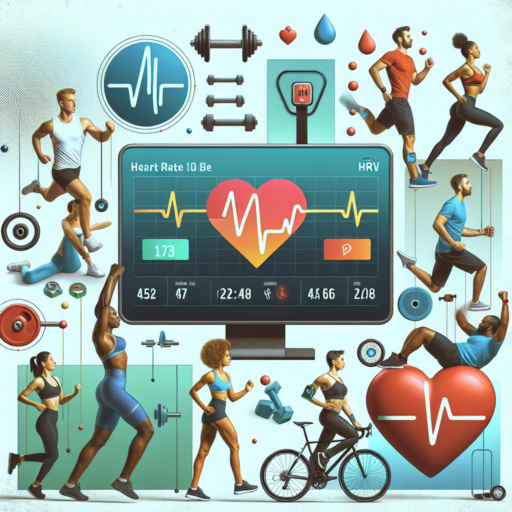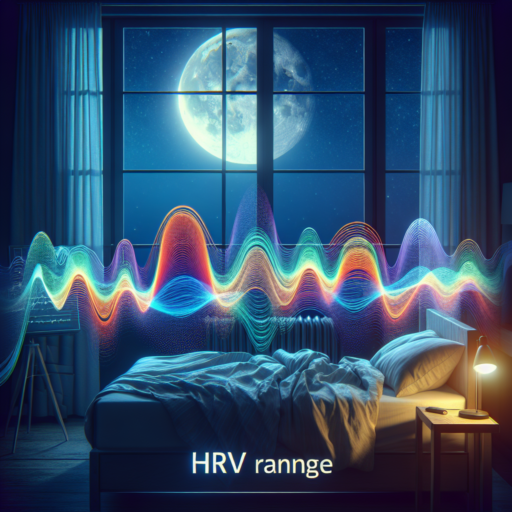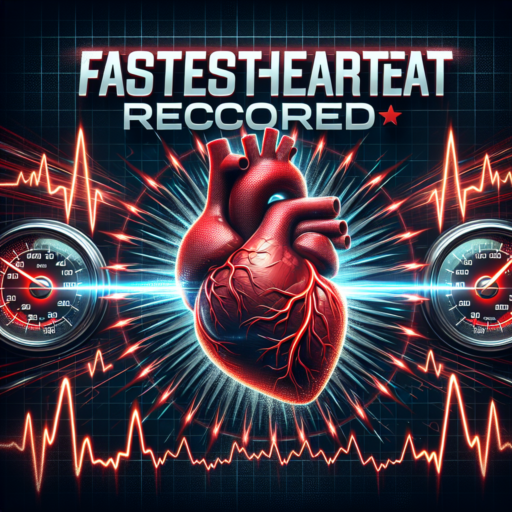What’s a good HRV for my age?
Understanding your Heart Rate Variability (HRV) is crucial in gauging your overall health, stress levels, and fitness. A «good» HRV varies significantly from person to person, influenced heavily by age among other factors. Generally, a higher HRV indicates better cardiovascular fitness and autonomic nervous system balance. Let’s explore what constitutes a favorable HRV reading for different age groups.
HRV Norms by Age Group
HRV scores typically decrease as you age, reflecting changes in heart health and fitness levels. For individuals in their 20s, an average HRV might range from 55 to 105 milliseconds, which is considered robust and indicative of a healthy, responsive cardiovascular system. Moving into the 30s and 40s, this range may slightly lower due to the natural aging process and lifestyle factors, positioning a good HRV around 45 to 85 milliseconds. In older adults, aged 50 and above, a good HRV might fall even further, yet maintaining a value within the 30 to 60 milliseconds range is generally seen as positive, showcasing resilience against age-related cardiovascular stress.
Factors Influencing HRV
It’s important to remember that HRV is also influenced by a myriad of other factors besides age, including genetics, stress levels, lifestyle choices, and physical fitness. Hence, two people of the same age can have considerably different ‘good’ HRV scores. Regular exercise, a balanced diet, adequate sleep, and stress management practices can significantly improve your HRV, irrespective of your age.
What is an unhealthy HRV?
Heart Rate Variability (HRV) is a significant measure of the autonomic nervous system function, reflecting the interplay between the sympathetic and parasytic nervous systems. While a higher HRV indicates a healthy, resilient heart capable of adapting to stress, an unhealthy HRV is characterized by less variation in the time interval between heartbeats. This condition suggests a diminished ability to manage stress, potential heart health issues, or an imbalance in autonomic nervous system activity.
An unhealthy HRV can arise from various factors, including chronic stress, inadequate sleep, or underlying health conditions. Typically, it’s marked by a consistently low HRV score, which might indicate reduced cardiovascular flexibility and an increased risk for stress-related illnesses. Professionals in the medical and wellness fields pay close attention to HRV as a critical indicator of overall health and well-being, particularly in the context of recovery and stress management.
The implications of an unhealthy HRV extend beyond immediate heart function. It’s associated with a higher susceptibility to anxiety, depression, and other stress-related disorders. Furthermore, individuals with a consistently low HRV may experience poor cognitive function, reduced exercise performance, and a slower recovery rate from exercise, highlighting the importance of monitoring and addressing HRV as part of a comprehensive health strategy.
Is 30ms a good heart rate variability?
Heart rate variability (HRV) is a significant indicator of cardiovascular health, reflecting the ability of the heart to respond to different physiological states and stress levels. When it comes to determining whether a 30ms HRV is considered good or not, it’s crucial to understand the intricate details that influence HRV readings and what they signify about one’s health.
The concept of “good” HRV is relative and varies greatly among individuals, influenced by factors such as age, fitness level, and overall health conditions. Typically, a more extensive range in heart rate variability suggests a healthy, responsive heart, while narrower variability could indicate stress or potential cardiac challenges. However, pinpointing a specific number as universally «good» can be misleading without considering the individual context.
An HRV of 30ms falls into a specific spectrum of heart rate variability. To accurately assess whether this value is good for you, comparing it against baseline measurements and consulting with health professionals is advised. Such discussions and analyses provide a clearer understanding of what your HRV readings signify about your cardiovascular fitness and autonomic nervous system balance.
No se han encontrado productos.
Is an HRV of 20 good?
Understanding the significance of Heart Rate Variability (HRV) is crucial in assessing one’s overall heart health and fitness levels. An HRV of 20 can be interpreted in various ways, depending on several factors including age, fitness level, and health status. Typically, HRV is measured in milliseconds and represents the variation in time between each heartbeat.
HRV is considered a marker of your autonomic nervous system (ANS) function, and higher values generally indicate better cardiovascular fitness and resilience to stress. An HRV of 20 might be on the lower side for healthy adults, which could suggest a need for improved fitness, or it might be a signal to review one’s stress and recovery balance. However, it’s crucial to consider this number within the context of individual health and lifestyle factors.
To fully understand the implications of an HRV of 20, it’s advisable to track your HRV trend over time rather than relying on a single measurement. Fluctuations in HRV are normal, and various factors such as physical training, stress levels, sleep quality, and illness can influence it. For accurate interpretation and actionable insights, comparing your HRV readings with your own baseline will provide more meaningful information than comparing with generalized standards.




